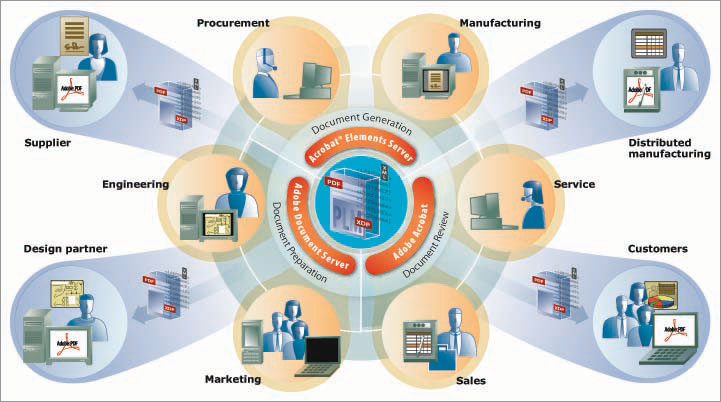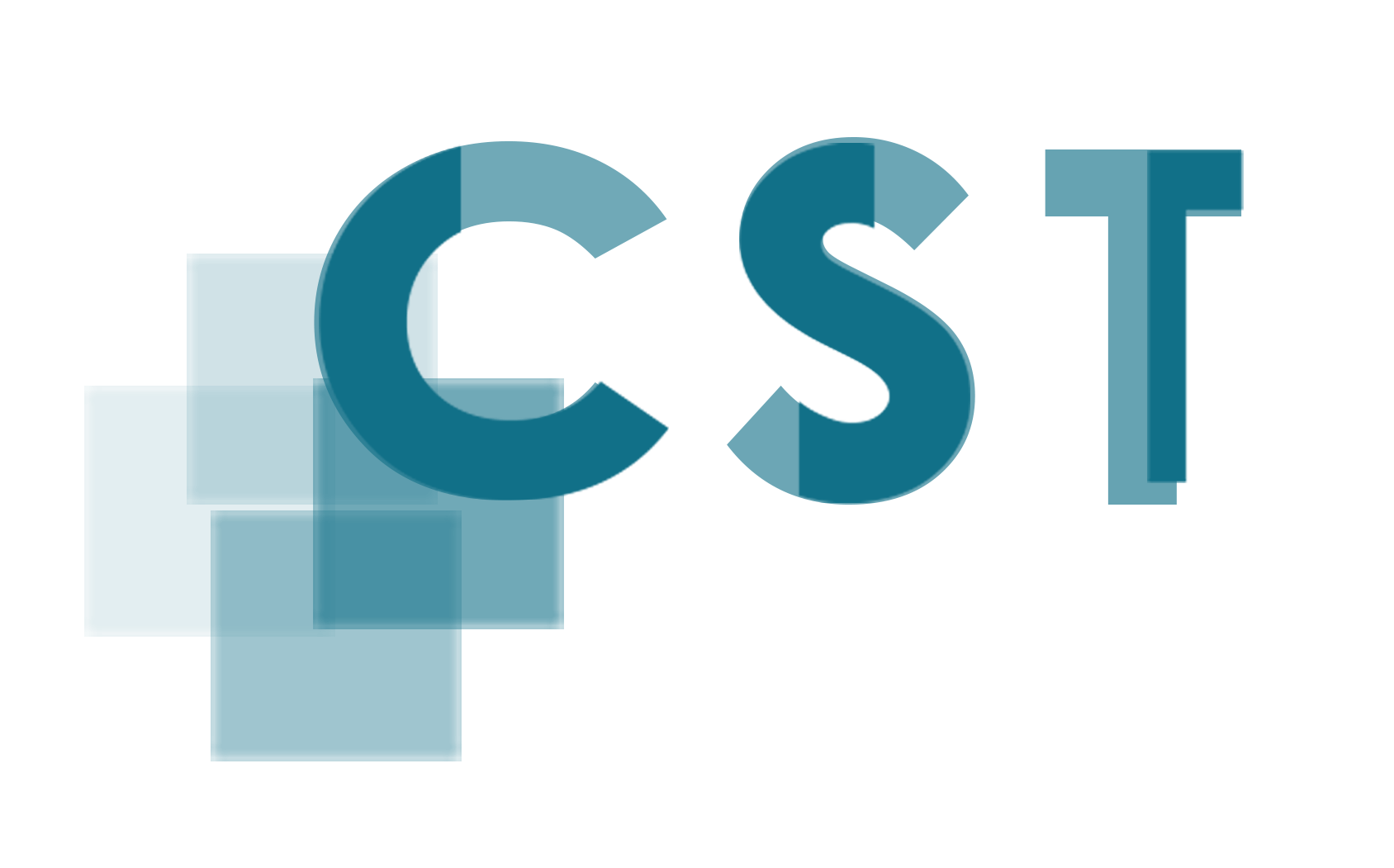Problem management involves identifying, tracking, resolving, and reporting issues related to products during their development, manufacturing, distribution, or usage stages. These issues can stem from customer complaints, defective products, production process disruptions, supply chain problems, or quality control deficiencies, among other sources.

PLM services may encompass the following processes to manage problems effectively:
Problem Identification: Issues related to products are identified and recorded. These problems are typically defined as errors or deficiencies and are logged through a problem ticket or report.
Problem Tracking: Problems are recorded in a traceable system, and responsible parties are identified. Problems can be prioritized and addressed based on a tracked timeline. The tracking system is used to monitor the status of problems, individuals involved, and the resolution process.
Problem Resolution: Problems are analyzed by teams or problem management experts to achieve effective solutions. The resolution process involves identifying the root cause of the problem, developing appropriate solution methods, and implementing them. Problem-solving often requires collaboration, communication, and teamwork.
Reporting: Throughout the problem management process, regular reports are generated, documenting the status of problems, processing time, and other relevant information. These reports provide insights to managers, stakeholders, and other relevant parties, enabling them to monitor problem status and identify improvement opportunities.
Problem management contributes to enhancing product quality, ensuring customer satisfaction, reducing costs, and maintaining the company's reputation. PLM services address problems in a systematic manner, leading to process improvements and preventing similar issues in the future.
